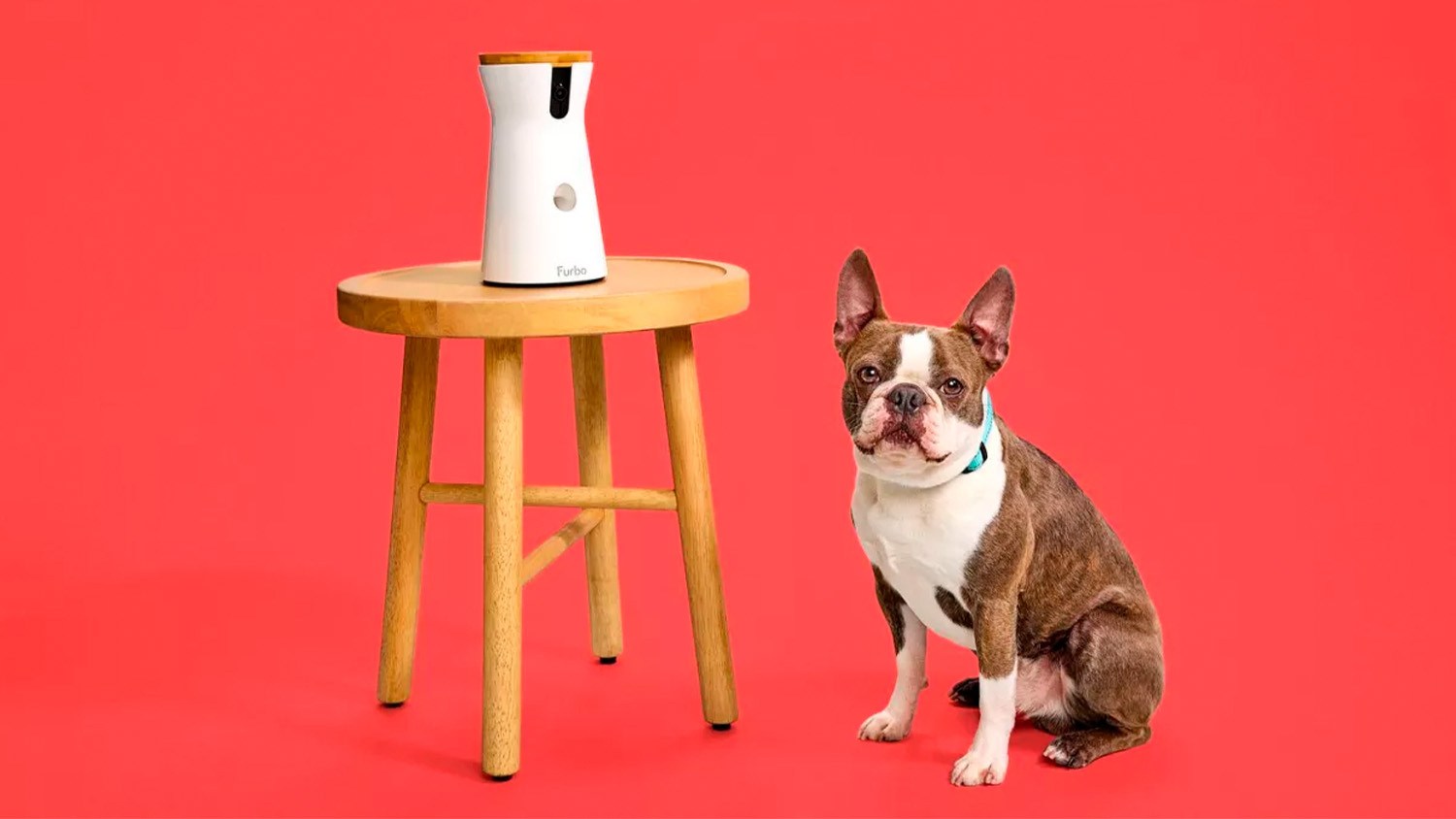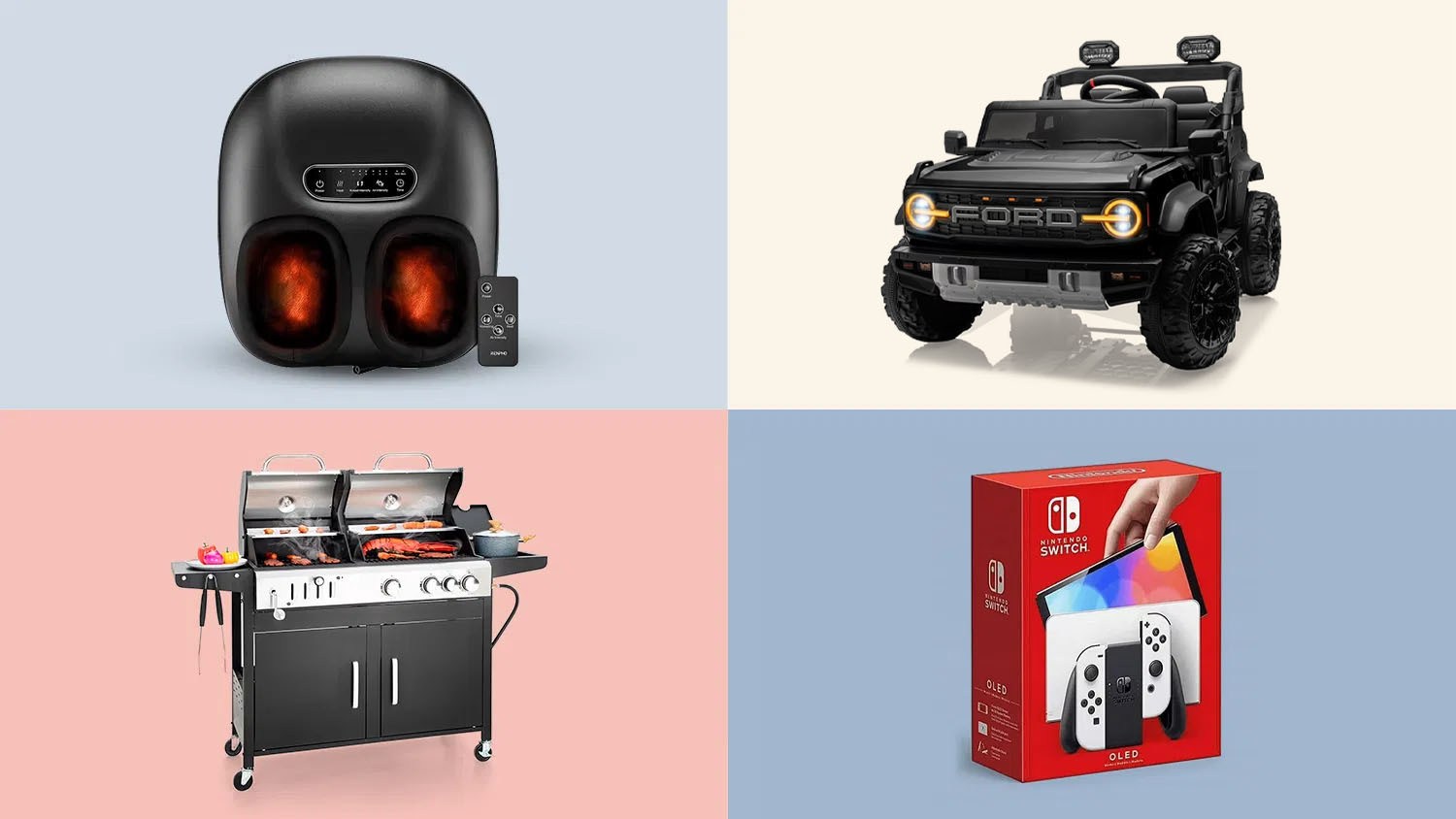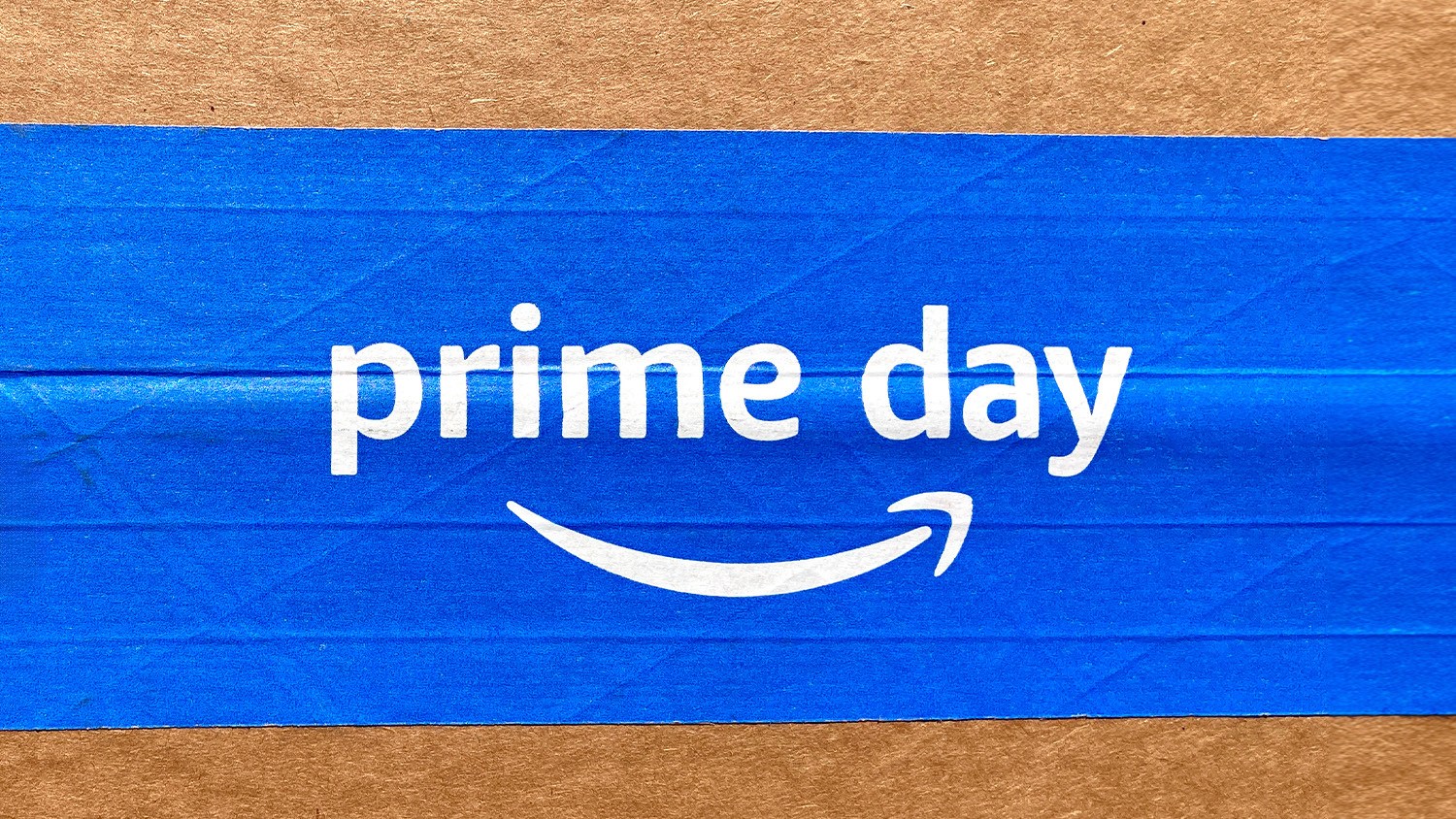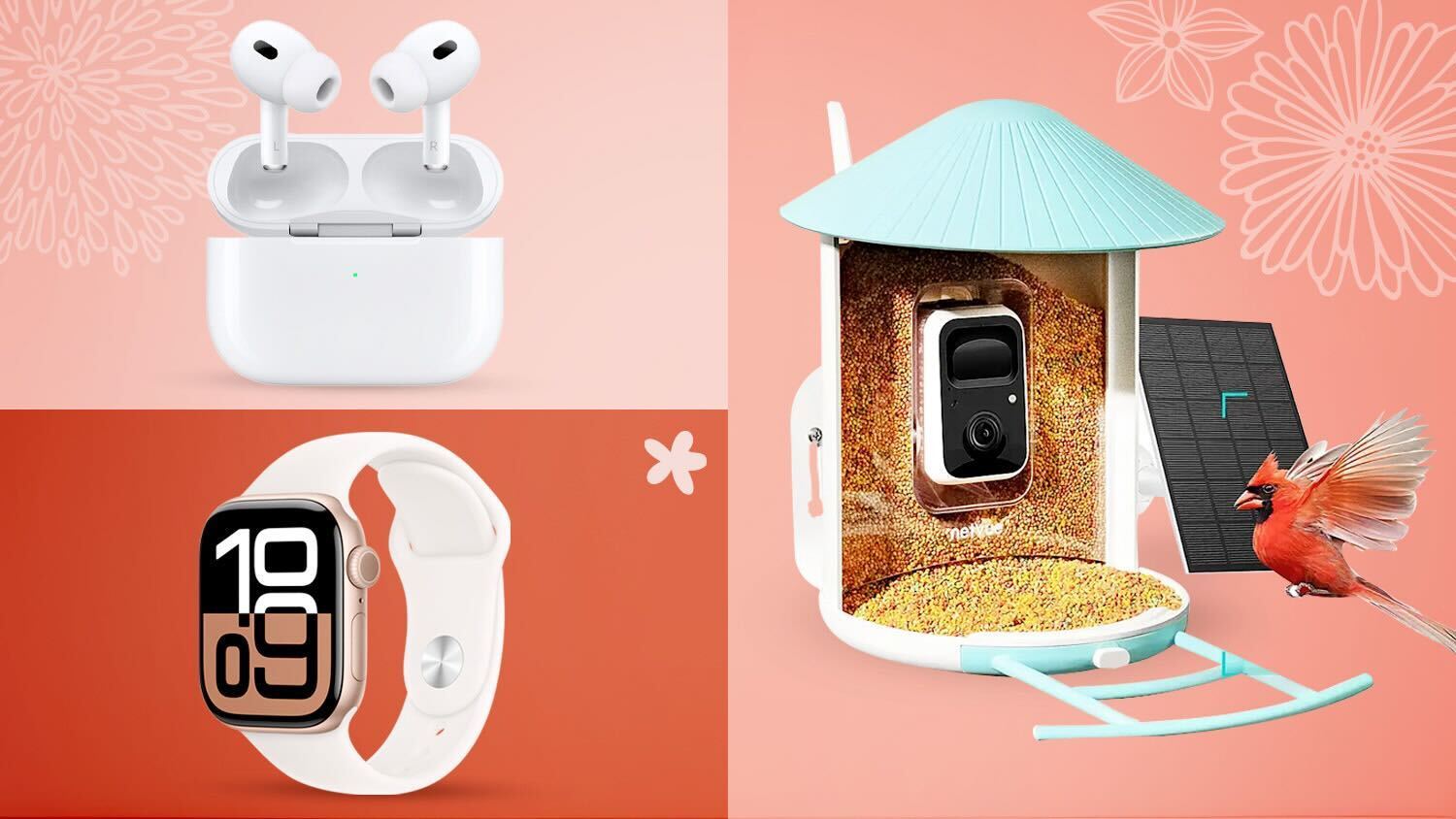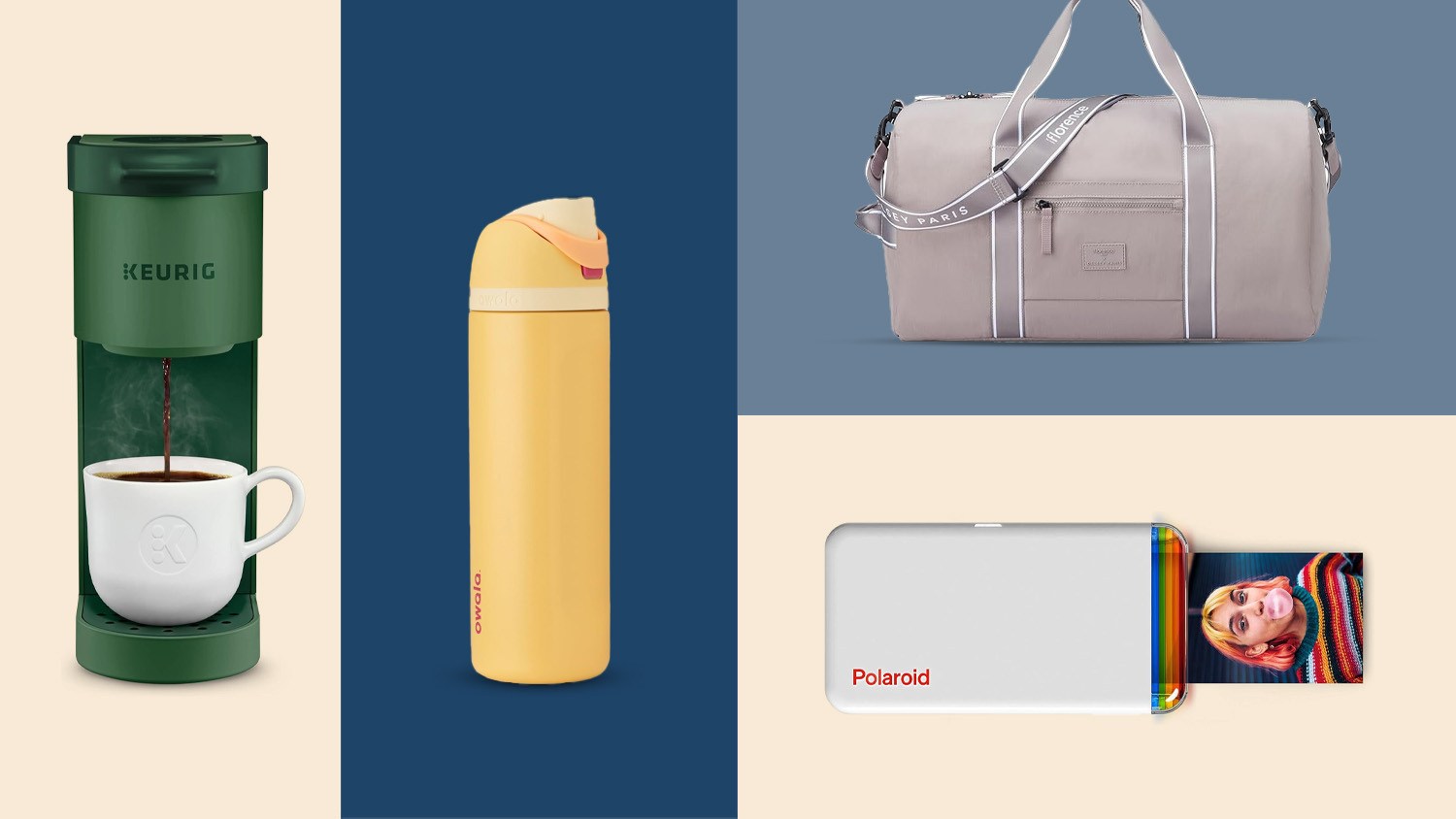SHELBY COUNTY, Tenn. — Trusting a stranger to give you a ride — many of us do it when we use services like Uber and Lyft, but how often does something go wrong?
One passenger, Gabrille Campbell, told WREG what happened to her when she ordered an Uber to her home on Carrolton Ave.
“Had to take my son with me. He was only 2 at the time,” she said. “I put him in the car first.”
Her plan was to meet her mom on Covington Pike, about 10 miles away.
“I was going to walk around to get in the other side and he just drove off,” she said. “I’m running after the car. Beating on the car. I’m like, I’m not in the car.”
Campbell said she watched the Uber drive off with her toddler and purse. She used her neighbor’s phone to call 911.
“You know that emotion where you can’t feel anything? You couldn’t cry. You couldn’t smile, you couldn’t do nothing but just feel emptiness,” she explained.
Campbell said the Uber driver returned to her home about 45 minutes later with her child and belongings. The driver told police he didn’t realize what had happened until he got to the destination.
“They were saying they didn’t make a case on it, because he was an elderly man,” she said. “Why do Uber and Lyft give the opportunity for so many people to do that? There should be an age limit. They should look more into the person before giving that person the responsibility.”
It’s a concern other passengers shared with us, so WREG investigated to see how frequently ride sharing goes wrong.
We got a copy of every police report between October 2018 and October 2019 that mentions the two largest ride-sharing services: Uber and Lyft. We pored through a giant stack and discovered dozens of unsettling situations were reported to the Memphis Police Department.
One rider claimed a driver pulled a gun on her for cancelling a ride. Another said her driver asked her out and later returned to her home, knocked on her door and made her feel very uncomfortable.
Police say they also found drugs in a driver’s car during a traffic stop and say they arrested another driver for impersonating law enforcement.
We also found reports where drivers called MPD.
In one report, a driver stated her rider pulled down his pants and started touching himself in the backseat. Others reported violent crimes like being held at gunpoint, and in some cases, robbed.
Lt. Anthony Buckner with the Shelby County Sheriff’s Office said it’s important to use “good common sense” when using ride-sharing services.
Let someone know where you’re going and your expected time of arrival, he said. Also, avoid sitting in the front seat.
“(That) provides you the opportunity to quickly exit the vehicle should you feel uncomfortable,” he said.
Buckner also stressed that you should make sure the driver and license plate match the information on your app.
We spoke to a man on the phone from Arkansas who didn’t do that when he left a bar on Beale Street last year. He says he got into the wrong car and was robbed. Police haven’t made any arrests.
Uber and Lyft wouldn’t tell us how many rides they average in Memphis, so we could compare numbers. They did, however, explain new safety measures they’re taking.
Lyft said it screens drivers by tracing their Social Security numbers and performing criminal background checks. It’s app now includes access to 911, allows you to share your location and checks in on you if your ride is unexpectedly delayed.
Uber gave us a long list of its safety features like sending messages checking in on its riders, allowing riders to share trip information with loved ones and a new PIN verification system that helps passengers make sure they’re in the right car.
Campbell questions whether she’ll use a ride sharing service again. She hopes others heed her warning.
“Just be safe,” she said.
Uber sent this list of safety features:
o Check Your Ride notification: We recently launched a new push notification and in-app reminder that instructs riders to make sure the car details — make and model, license plate, and driver photo – match what is in the app before getting in. (Blog Post. GIF and Video of notification)
o Trusted Contacts: Riders can choose to be prompted automatically to share their trip with loved ones. Available globally. Video HERE.
o Safety Center: a dedicated section in the app where riders can learn more about safety features and info which is available globally. Video HERE.
o Emergency button for riders and drivers: available all around the world.
o 911 integration pilot in 60+ jurisdictions: If a rider or driver uses the emergency button in one of these cities, our tech and partnership with Rapid SOS enables key trip details to be digitally sent to 911 dispatchers including the caller’s name, make and model of the Uber car, license plate, and GPS. This has launched in cities including Los Angeles, San Francisco, San Diego, Phoenix, Boston, DC, New Orleans, Seattle, and many more. Read more about it HERE and a map of all the locations it is available HERE.
o Speed alerts for drivers
o Hands-free technology for safer driving- in ongoing development
o Ride Check: Uber will proactively check in if we detect an unexpected stop or a possible crash. Blog post here.
o A feature to help prevent drowsy driving
o Bike lane alerts and Dutch Reach education
o Address Anonymization – Hides exact pick up/drop off address from a driver’s trip history. Example here.
o Larger License Plate: Uber made the driver’s photo and license plate number larger in the app.
o PIN verification: Uber recently launched a new safety feature that will give Uber riders the option to receive a four-digit PIN code to provide to a driver before the trip can begin.
Lyft sent this list of safety features:
- Our safety site: https://www.lyft.com/safety
- A fact sheet on safety available here: https://downloads.ctfassets.net/q8mvene1wzq4/HA8Uhj6UIlXh0N6PJ3yU5/66e68cb173b0753b865ea1538f587076/Lyft_Safety_Fact_Sheet_Nov_2019.pdf
- Some recent announcements about safety:
· https://blog.lyft.com/posts/reinforcing-lyfts-commitment-to-safety
· https://blog.lyft.com/posts/lyft-teams-up-with-adt
· https://blog.lyft.com/posts/community-safety-education?rq=safety
· https://blog.lyft.com/posts/continuous-driving-checks
· https://blog.lyft.com/posts/safety-advisory-council



